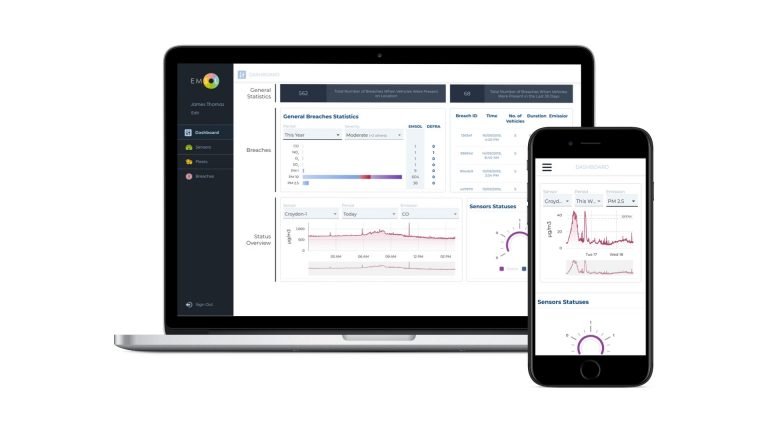Your Guide to the New WHO Air Quality Standards
With pollution limits a recommended 3x tighter, we cover what the impact is going to be and how this will affect organisations by diving into a data from a real-world case study.
https://youtu.be/NFtQAJd-THs
10 minute video guide – everything you need to know
The World Health Organisation (WHO) Air Quality Standards are widely adopted and referenced globally. This new 2021 guideline update is critical to know about as it will have implications for upcoming UK legislation.
With limits for key pollutants such as PM2.5, PM10 and NO2 now up to 3x more restrictive, we ask what the impact is likely to be and how will this affect businesses.
We dig into data from a real-world site from one of our customers to understand what compliance with the 2021 guidelines will mean.
- An overview of the WHO limits and comparing the change between 2005 to 2021
- What are the consequences for UK legislation?
- How will organisations achieve compliance to the 2021 limits?
“Taking action to reduce air pollution can seem insurmountable. It’s hard to know where to start”
LONDON SCHOOL OF ECONOMICS

EMSOL provides businesses with real-time, specific, actionable evidence on pollution so they can pinpoint the problem the moment it becomes a problem, and take specific steps every day to improve air quality.





